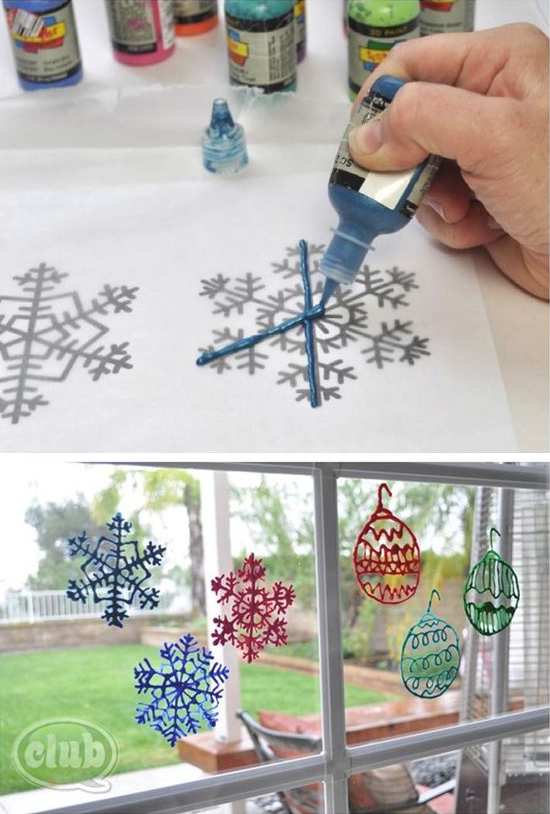
"Make one" is the generic term for "to create a brand new stitch." Although there are many ways to accomplish this, the pattern will likely specify one. Based on your preferences, you can choose which method you prefer. There may be specific techniques for creating certain stitches. These methods may produce special effects. They are listed on the patterns for specific reasons.
M1L
M1L, which stands for "make 1 left", is a leftward-leaning knitting stitch. It is usually used with an increase on one side. However, you can also use it in a pattern. Almost identical to M1R, it is worked by holding the knitting needles close together so that you can see a ladder between two stitches.

M1R
M1R is a knit increase that causes twisted stitches. It is usually used in the opposite direction to the M1L increase. It is located between the rows of the previous row. Its function is to increase stitch without creating a space.
Knit front back
Knit front-and-back is a great technique to improve your knitting skills. This is one of many basic stitches you should master to help increase a project.
KFB
M1 stands as "Make one". This stitch is similar to the yarn-over, but it increases number of stitches. The main difference in M1 and KFB is that the former increases stitches per stitch. The latter increases the stitches between two existing stitches.
Not as intuitive as knitting the front and the back.
The common method of knitting patterns is to purl in the back and front. It's abbreviated as pfb. This stitch is easy to learn, especially if your knitting skills are good. This technique increases the number of stitches per row.

It's easier to follow patterns
It can be difficult to follow a pattern if you are a beginner. It's possible to follow a single pattern and make more projects, as well as save money on yarn, if you don't have to go through each step individually. These are some tips to make pattern following easier.
FAQ
What are the competitive hobbies?
Swimming, running, cycling, golfing and tennis are some of the competitive sports.
They are usually enjoyed by people who enjoy being active, but also allow for social interaction.
You'll likely find others who are interested in your hobby if it involves physical activity.
This could include joining a club/group that allows you to play sports together regularly.
Participating in group games, which involve playing alongside others, is another option.
These include cricket, football, netball, hockey, netball, soccer, rugby, cricket, rugby, batsball, hockey, volleyball, badminton squash, handball and table tennis.
There are many kinds of competition.
Some competitions can be used for only recreational purposes.
Others are designed for competitors to prove their skill.
And still, others are designed to reward outstanding performance.
In these cases, the winners receive prizes.
Other competitions are designed to test the strength and stamina of competitors.
These are endurance events.
For example, marathon races, triathlons, Ironman Triathlon, etc.
Before competing in these events, athletes train hard.
They will follow a strict training program to prepare themselves mentally and physically.
They may need to spend some time out of their home for preparation.
It's important to remember that not all athletes compete in every type of event.
Why do we require hobbies?
Hobbies are a vital part of our lives as they allow us to unwind, relax, think creatively and exercise. They also give us the opportunity to socialize, network, and have fun. These hobbies offer us the opportunity to learn new skills, develop valuable lifelong interests, and provide opportunities for us to do both.
Hobbies help us to find meaning and purpose in our lives.
They are often a great way to spend free time when you don't have much else going on.
They are fun!
If you don't find time for hobbies, it's likely that you don't have enough time for any other activities.
Look at all the options. Perhaps you should get a hobby started today if you don’t already have one.
What hobbies are in fashion right now
Popularity isn't always a good thing. It can be used to justify mediocrity. It is a fact that most people don't have enough time to pursue hobbies they enjoy. They're too busy working to make ends met. You don't have the time to do all of these things. Start a business.
However, this isn't easy. Before you can make your idea a reality, there are many hurdles to overcome.
If you are looking for something more than running a business you might consider starting a hobby.
Hobbies do not have to be limited to creative pursuits. There are many kinds of hobbies. Here are some examples:
-
Gardening
-
Cooking
-
Photography
-
Reading
How do I get started?
The first step toward starting any new hobby is to decide what kind of activity you'd like to pursue.
Once you've chosen your subject, you need to be passionate about it.
Understanding why you are interested in a hobby is important. It will give you some direction and purpose.
Once you've chosen the hobby you would like to pursue you can start planning.
Think about what equipment you'll need to purchase.
You might need to consider whether you should attend classes or seminars.
You must ensure you have enough room for your hobby.
You might also consider joining a club. These groups often offer advice and support.
Also, consider how much money your hobby would cost.
What is the cost of a hobby?
Hobby costs nothing except time. It can take many years to accomplish what you desire if you are serious about it.
But there is one thing you can do to help yourself. It's called "passion". If you have passion about something, it will make it easier for you to work hard.
And once you start putting in those hours, you may find that you become addicted to the activity. This is when the real fun begins. Because you are enjoying what you are doing and are constantly improving. You will likely have seen a significant improvement by the end the year.
Don't fret about how long this takes. Give it a shot. You might be surprised by what you find!
What are some great hobbies?
Your favorite hobbies are ones you enjoy. It will be easier to continue doing what you love if you are passionate about your work. You'll also have an excuse when you're not feeling well or tired!
There are many hobbies that we all enjoy: gardening, painting and crafts; photography; cooking; sports and games; reading music and film-making; collecting; cycling, walking, dancing and writing; playing instruments and other musical instruments.
You might also consider volunteering at a local charity shop or animal shelter, children’s hospital, hospice, elderly home, school, community centre, church, and other places.
Let's say you are looking for something more exciting. You might consider scuba diving or skydiving.
You can spend your time outdoors in many different ways, including spelunking, snowshoe hiking, snowshoe hiking and more. These include caving.
Statistics
- 37% Video Games 36% Travel 36% Health and Fitness (quizexpo.com)
- The Role of the Mind in Sex, Dating, and Love: Men in the “humor” condition received phone numbers from 42.9% of the female participants and were refused 57.1% of the time. (time.com)
- This 100% accurate personality-analyzing hobby quiz discovers your passion based on your characteristics. (quizexpo.com)
- Almost 80% of people claim to have no hobby. (hobbylark.com)
- Much of this decline reflects the fact that teens are less likely to work today than in the past; among employed teens, the amount of time spent working is not much different now than it was around 2005. (pewresearch.org)
External Links
How To
How to start gardening
Gardening is one form of agriculture that dates back to the beginning. It takes patience, persistence, determination, and perseverance. You must choose a suitable location to start your garden. It could be large land, or just your backyard. Next, select the kind of plants that are most appealing to you. Do you prefer flowers over vegetables? Some people are passionate about growing herbs, while others like raising livestock like rabbits. Before you decide on the type of crops you want to plant, it is important to consider the space available. If you live in a region that experiences cold winters then it is possible to grow fruits and berries.
After you have decided what you want to plant, it is important that you prepare the soil. Soil is essential in determining whether your plants will thrive or fail. Organic matter is essential for the health and well-being of your plants. Organic matter includes leaves, twigs (grass clippings), manure, compost, and manure. Once you have prepared your soil, you need to add nutrients. You might need different amounts, depending on the species of plants that you want to grow. To determine these values, you can use a fertilizer calculator online. There are many fertilizers to choose from, so it is important that you are familiar with the product you are using.
Now, wait for your seeds to germinate after you have prepared your soil and added the necessary nutrients. The process typically takes 2 to 3 weeks depending on the weather conditions and temperature in your area. After your seeds sprout, it is important to water them frequently. Watering your plants too little or too often can cause problems. Make sure to give your plants water at regular times and not overwater. Overwatering can lead to root rot and fungal diseases. When watering your plants, remember that most plants require less water during the warm summer months than in winter. You should also remember that some plants will need to dry out once they have been watered. Tomatoes, for example, need to be kept moist but not too wet. Soggy soil is not good for them. After the flowers have stopped, they must go into dormancy. The time when plants stop producing new life and store energy for the next season is called dormancy. The plant ceases sending signals to its roots to produce food during dormancy. Throughout this time, plants can store energy. If temperatures fall below freezing or the plants are not getting enough sunlight, they will die.
If you live in an urban environment, you may find yourself limited in the kinds of plants that you can grow. Concrete sidewalks, roads or parking lots can block sunlight from reaching urban areas. Concrete absorbs sunlight, which prevents the soil beneath from getting enough sun exposure. This is why many plants cannot thrive in cities. Fortunately, there are still many plants that can thrive in an urban environment. Many trees, perennials, shrubs, as well as shrubs can be adapted to urban living. Many annuals can also grow indoors in pots. Container gardens can be used to grow greenery indoors year-round, no matter what the weather outside.
Now that you have decided where to place your garden, chosen what you will grow, and prepared your soil, you are ready to plant!